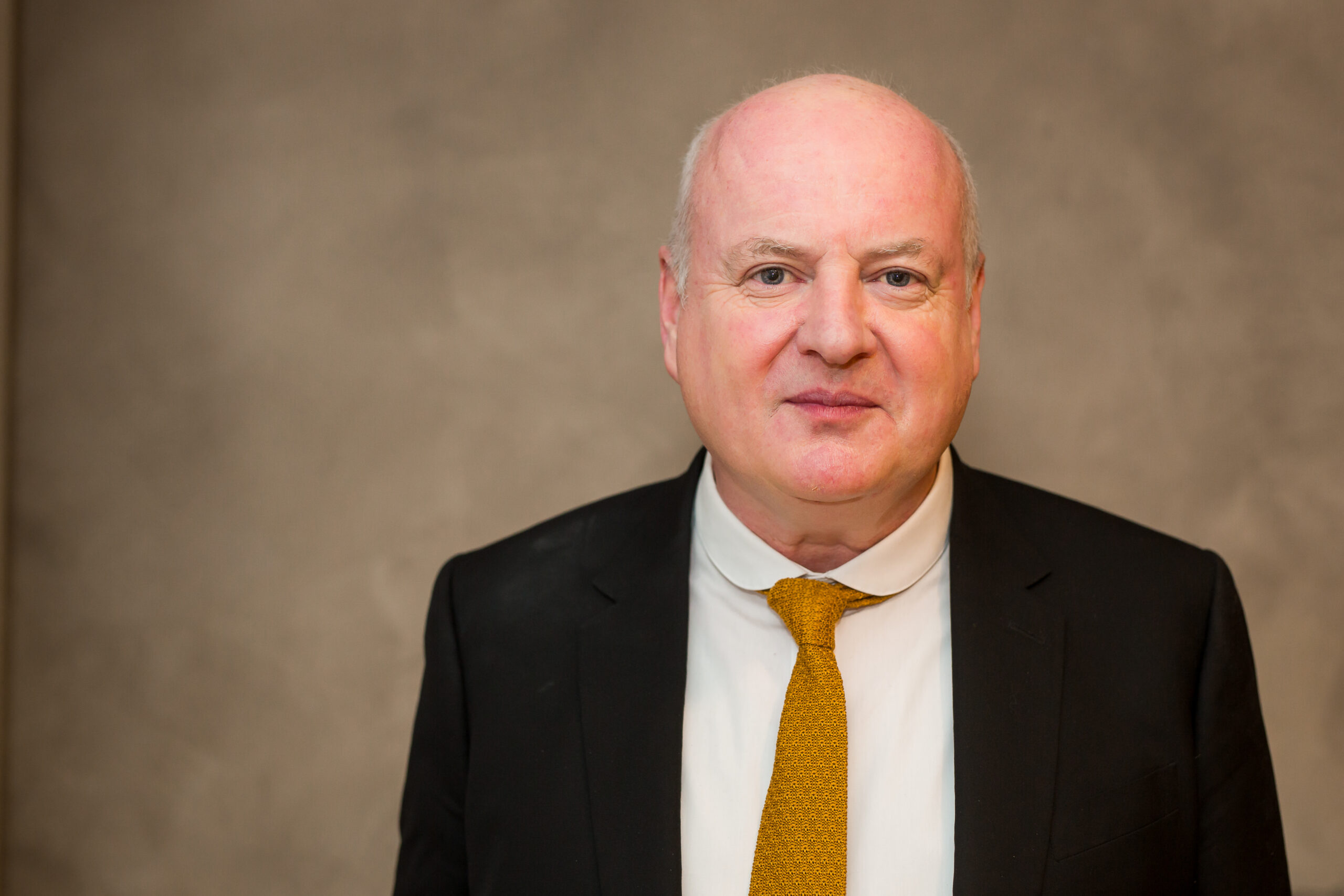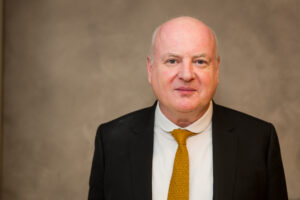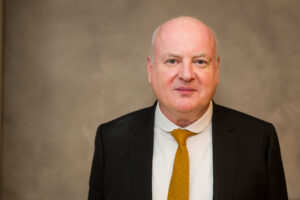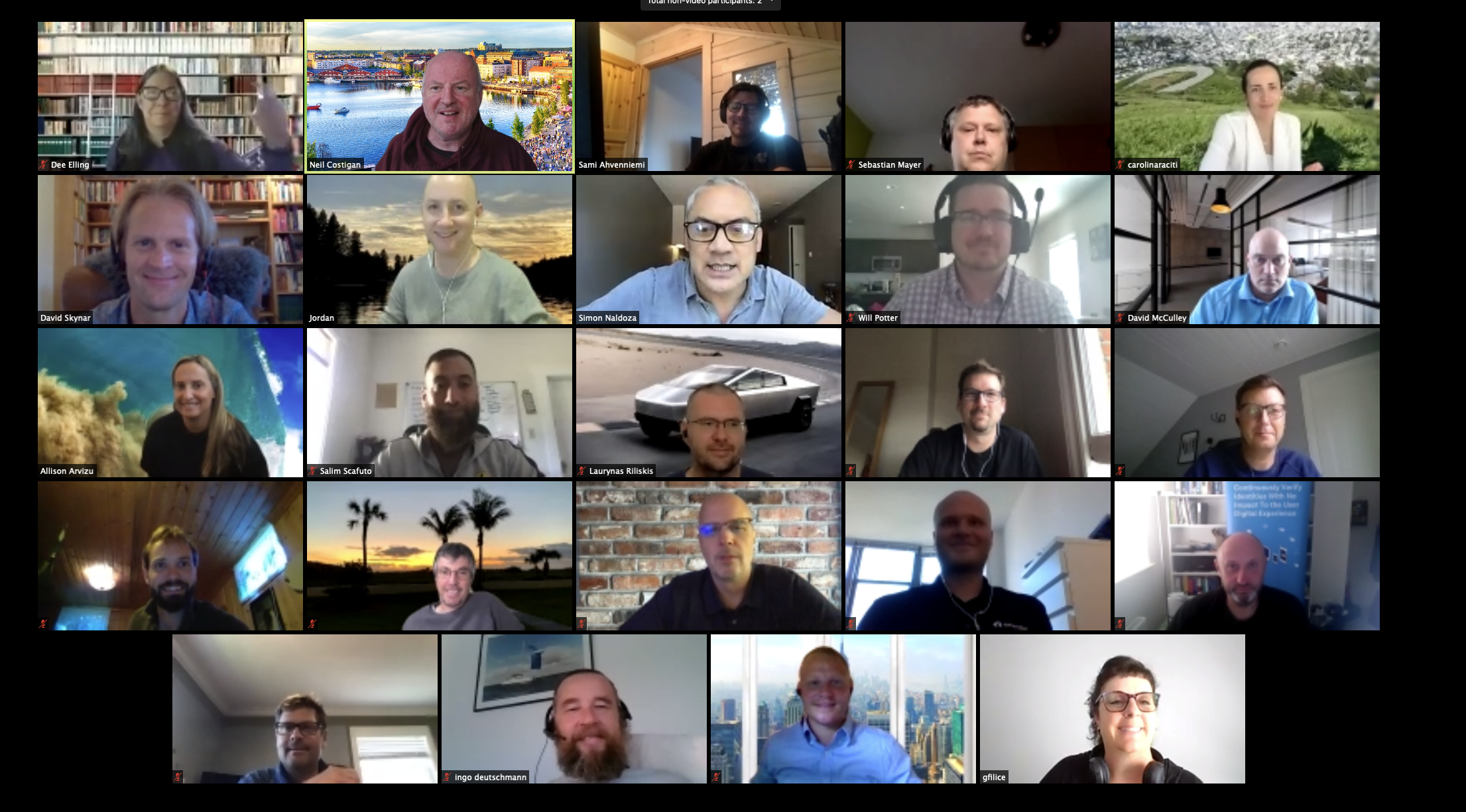Born and raised in Ireland in the 80’s, Neil Costigan grew up with what was then an uncommon interest: computers. He eventually earned a BSc in Computer Science from Dublin City University then landed his first job as a software developer with a a ‘skunkworks’ startup, a spinout of Irish national telecommunications that worked on network management systems.
Costigan spent his days immersed in C, graphics, SQL databases, and TCP/IP. “As a new engineer, it was incredible to be thrown into the mix of what was then a cresting wave of technology during my formative years,” Costigan reflects. “To this day, I still say my trade is software development. If all else fails, I can always go back to being a C++ programmer.”
Costigan spent two years with the company before pursuing another startup opportunity, this time in Sweden, where he spun out his own company Celo Communications (CeloCom). As CTO, Costigan continued writing code, overseeing work on a secure internet banking facility and secure web services. CeloCom soon moved its operations to Mountain View, California where the company would sign a pivotal contract with Visa, followed by a successful exit to smart card manufacturer Gemplus (now Thales DIS) in 2000.
After the acquisition, Costigan stayed on with Gemplus for two years, moving to southern France to run R&D for the company’s banking and security divisions. Gemplus’ 8,000 employees gave Costigan his first taste of enterprise scale.
By 2002, just 10 years after graduating with his BSc, Costigan had started a company, managed an acquisition, and worked as a VP for a large global brand. Ready for a change, he decided to step back from the business world and head back to Dublin City University.
“’Dr.’ Neil was by accident- I initially intended to pursue an MBA, which turned into a master’s in security,” he says. “I hung around long enough that I ended up doing more advanced research and before long, the master’s led to a PhD track in Computer Science.” Costigan tested out ideas in identity-based encryption and elliptic curve cryptography, laying a deep foundation of technical expertise.
In 2008, Costigan landed a guest researcher position at Luleå University of Technology in Sweden where he was introduced to Olov Rendberg, Peder Nordström, and Tony Libell, local entrepreneurs and recent Luleå graduates. They had just launched a startup called BehavioSec through the school’s Arctic Business Incubator. The company was commercializing behavioral research for business technologies. Intrigued, Costigan jumped in to help as an angel investor and advisor.

 Neil Costigan CEO, BehavioSec
Neil Costigan CEO, BehavioSec
 Neil Costigan CEO, BehavioSec
Neil Costigan CEO, BehavioSec
 Neil Costigan CEO, BehavioSec
Neil Costigan CEO, BehavioSec